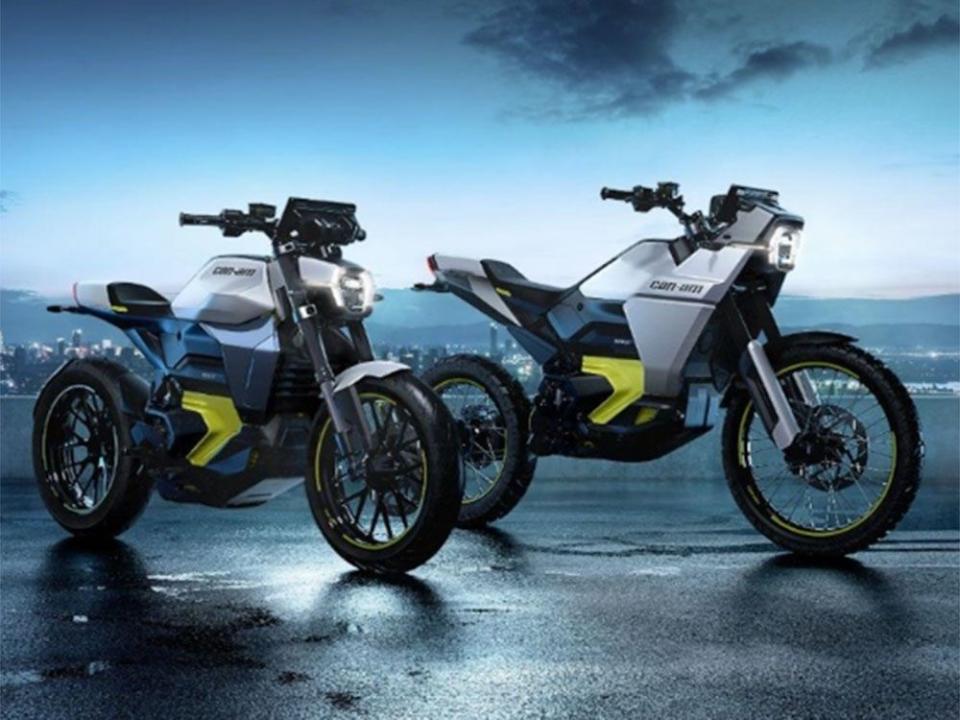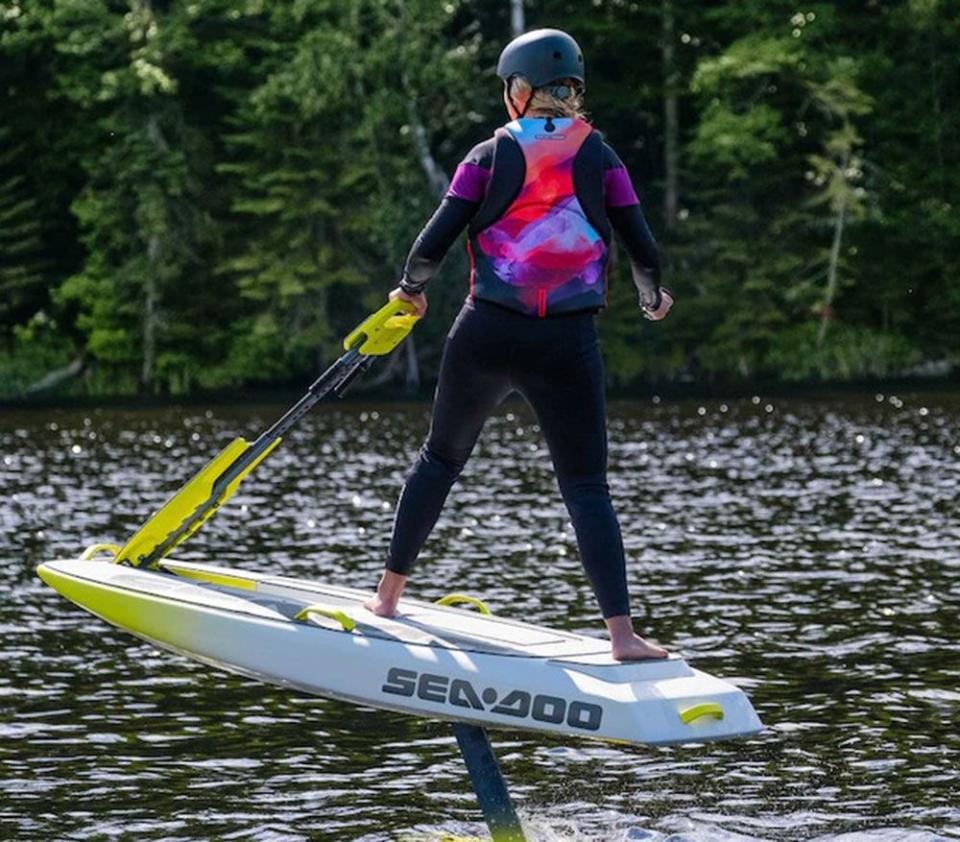BRP’s famed two-wheeled motorcycles are back — with an electric twist

Bombardier Recreational Products Inc., or BRP, announced on Sunday that it has taken a major step toward electrifying its product lines.
The Valcourt, Que.-based company, which produces snowmobiles, motorcycles, all-terrain vehicles, or ATVs, and personal watercraft, released the first two models of its all-electric motorcycle line, the Can-Am Origin and Can-Am Pulse, as well as an electric surfboard called the Sea-Doo Rise. The three products will be available for purchase in mid-2024.
“With the Sea-Doo Rise, BRP is leveraging its expertise to address an untapped market category and further position the company for future growth,” said chief executive José Boisjoli in a press release. The company promises that the motorcycles are “easier to use and to ride” and offer a “near-silent and vibration-free experience.”

It’s part of a broader push to electrify vehicles. This year’s federal budget commits $1.7 billion in rebates toward the purchase of electric vehicles, including minivans, pickup trucks and SUVs. While most vehicle sectors, including planes, trucks, and cars, are trending toward electrification, it is especially important to electrify powersport vehicles, said Sam Bruneau, chief executive of Taiga Motors Corp., which recently began sales of the world’s first electric jet skis and snowmobiles.
“…It makes so much sense for (off-road vehicles) to be electric,” Bruneau said, because they “pass through some of the most pristine environments: mountains, trees, and lakes.”
Electrified powersport vehicles lack the unpleasant fuel smell that can distract from enjoying nature. Boisjoli, who has test-driven one of the Can-Am prototypes, said that it is a relaxing, quiet experience. He added that there is no gear-shifting, just a twist of the throttle to get the bike going.
Taiga CEO says the electric powersport maker is benefiting from high fuel costs
Hydrogen fuel cell cars are revving to go, but mind the speed bumps
Lion Electric posts profit as sales and subsidies pick up speed
With the announcement, BRP is making a comeback into the world of two-wheeled motorcycles, and its first foray into electric vehicle manufacturing. “Half a century ago, Can-Am roared to victory on the track and the trail, and today, a new legacy begins,” Boisjoli said in a press release.
In the early ’70s to the early ’80s, the Can-Am brand included two-wheeled motocross and enduro motorcycles, an off-road racing motorcycle used in “enduros,” or long-distance cross-country competitions. The bikes won gold in major competitions.
At the time, BRP was still part of Bombardier Inc., a Canadian jet manufacturer, and funds were redirected to trains and aircraft. (In 2003, Bombardier’s Recreational Products Division was made into its own company, BRP.)
The two-wheeled bikes disappeared in 1987, and were eventually replaced by the Can-Am three-wheeled motorcycle. The two-wheeled models are back with an electric twist. “With the motorcycle industry shifting to electric, we saw an opportunity to reclaim our motorcycle heritage and to re-enter the market,” said Boisjoli in a press release in March.
Over the years, the company struggled to justify re-entry into the combustion-engine motorcycle market, which Boisjoli said was quite saturated by a number of major players, including Harley-Davidson Inc. The company saw an opportunity in electric motorcycles, and now seeks to become the “Tesla of the motorcycle industry,” he said. These motorcycles are not intended for racing, like their two-wheeled, gas-powered predecessors. Instead, they will be an “all-around product.”
While it is too early to pin down exact prices, Boisjoli expects there will be a price differential between these motorcycles and their gas-powered equivalents, but customers will be satisfied by the overall value of the product.
• Email: mcoulton@postmedia.com | Twitter: marisacoulton

 Yahoo Finance
Yahoo Finance 